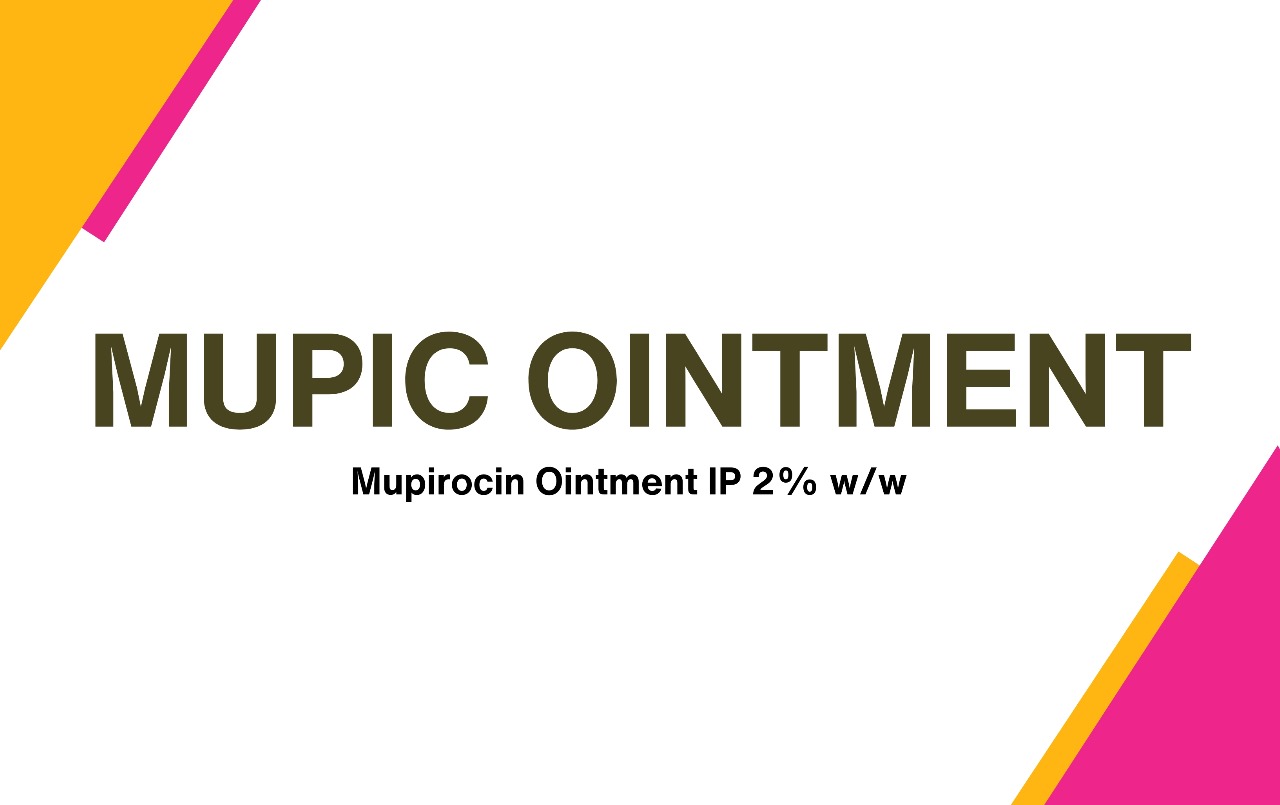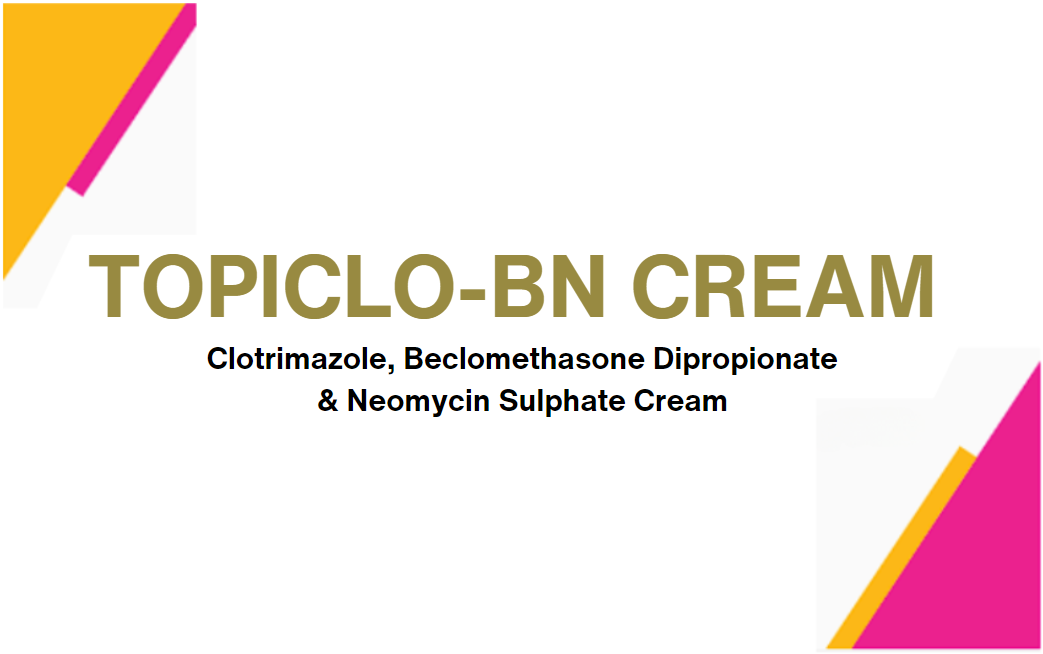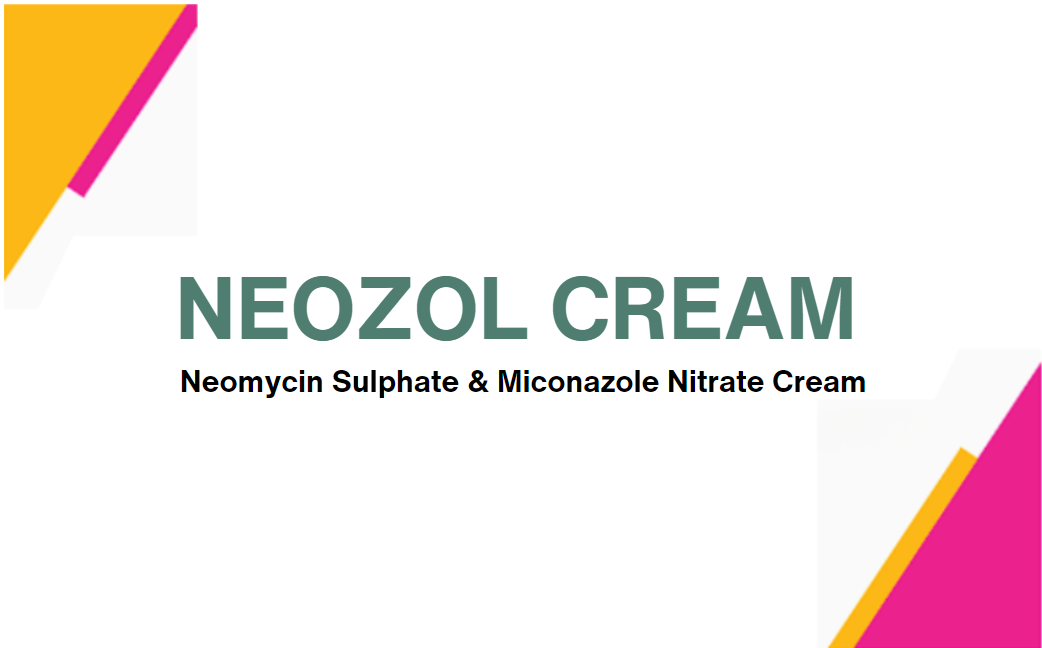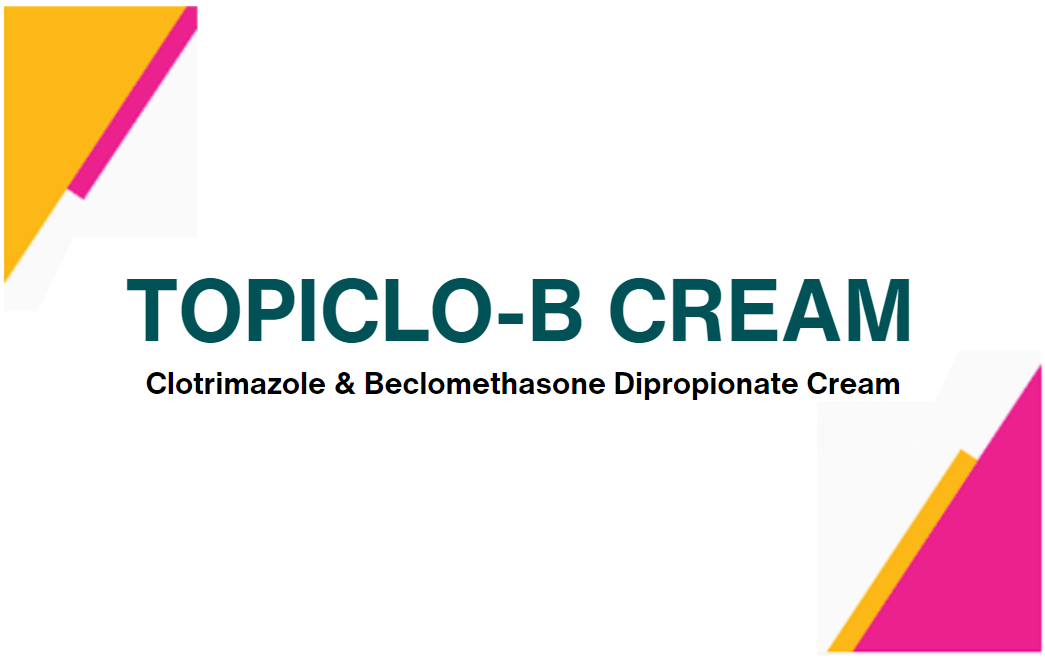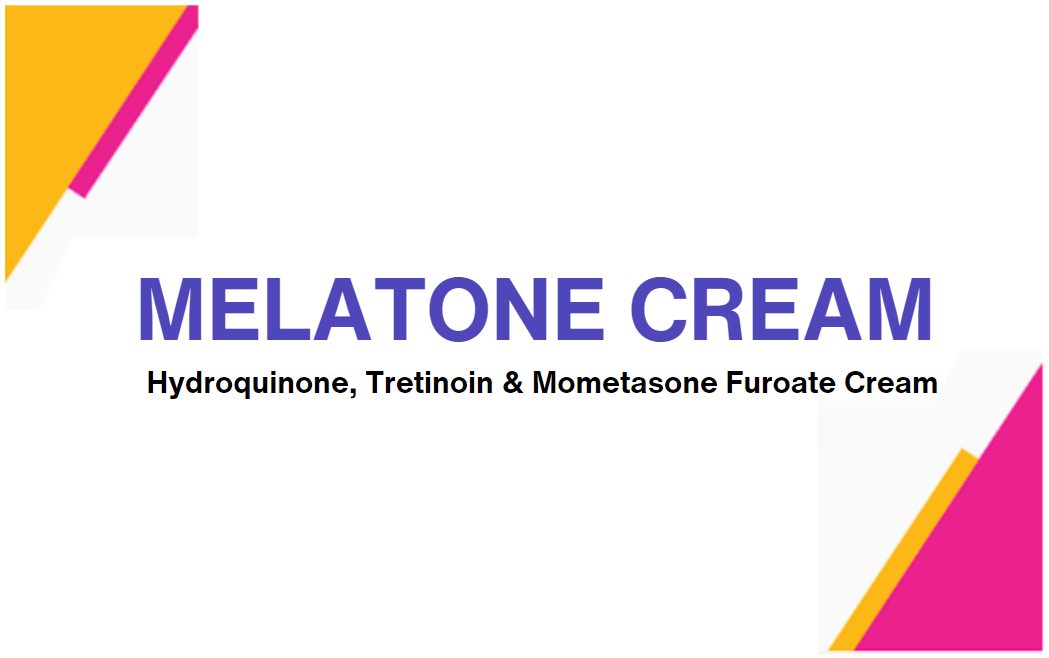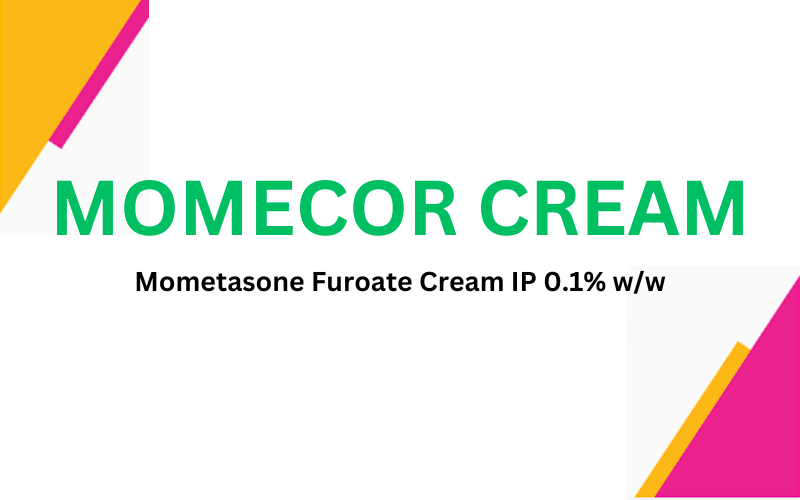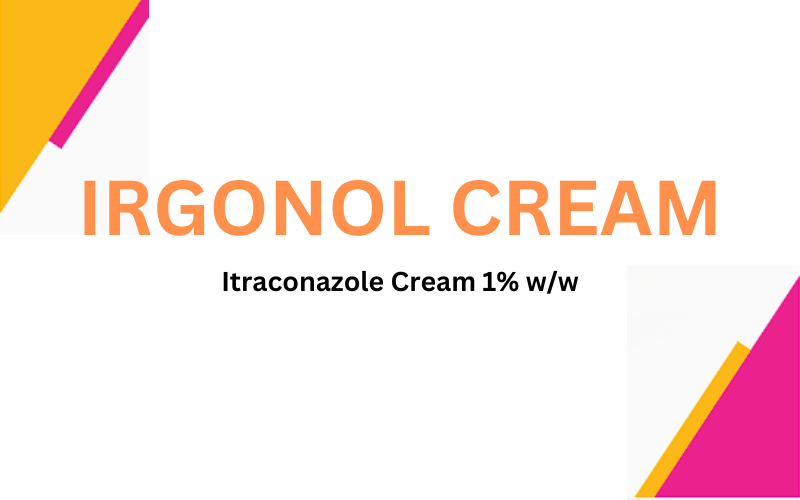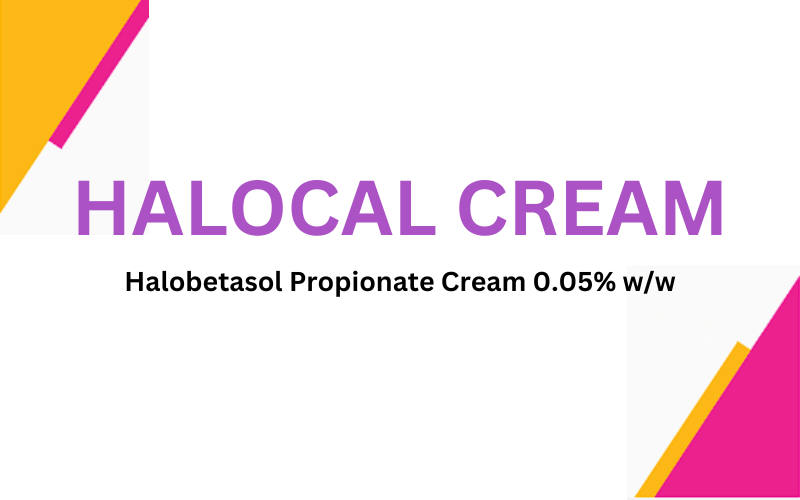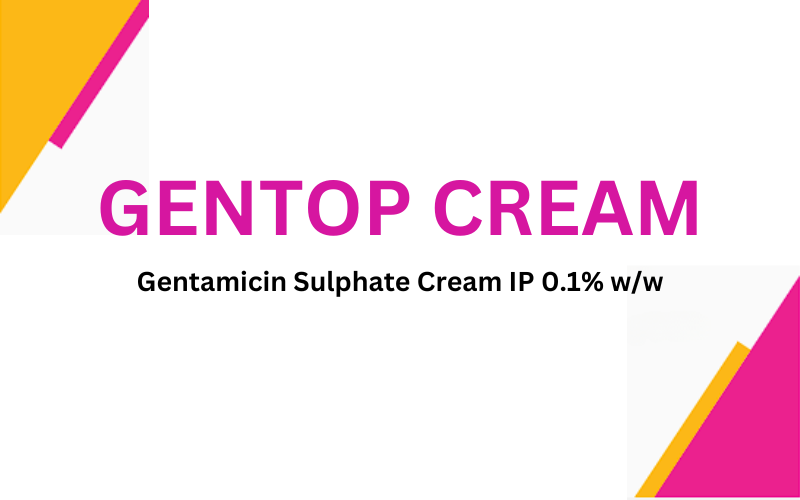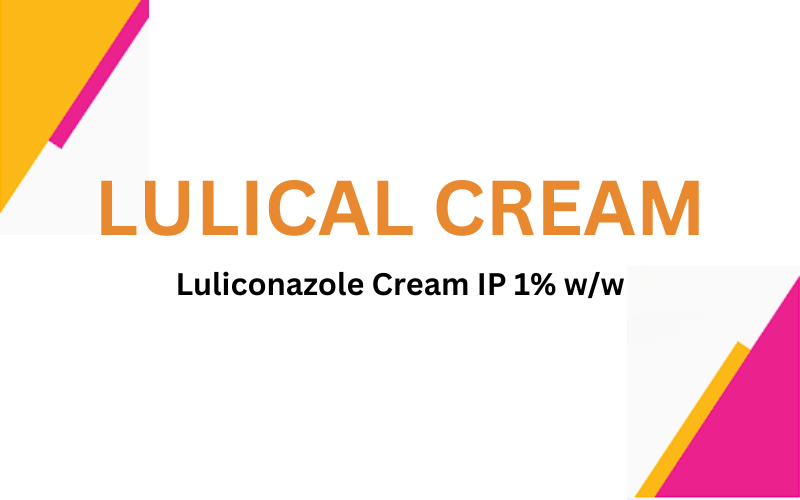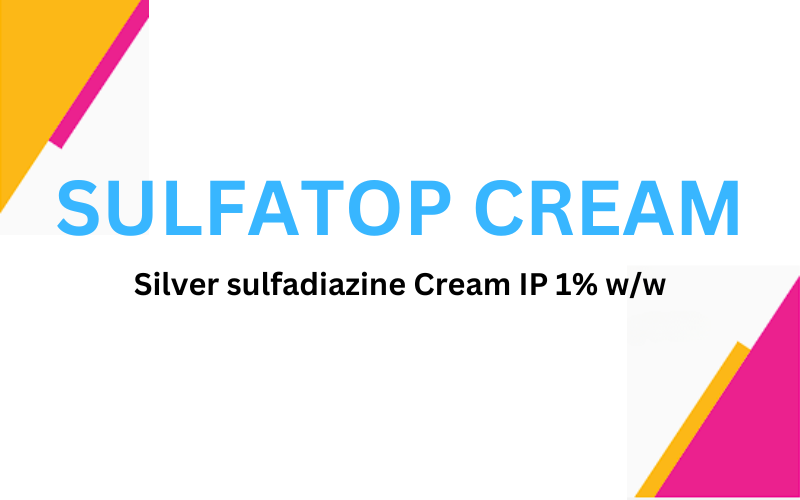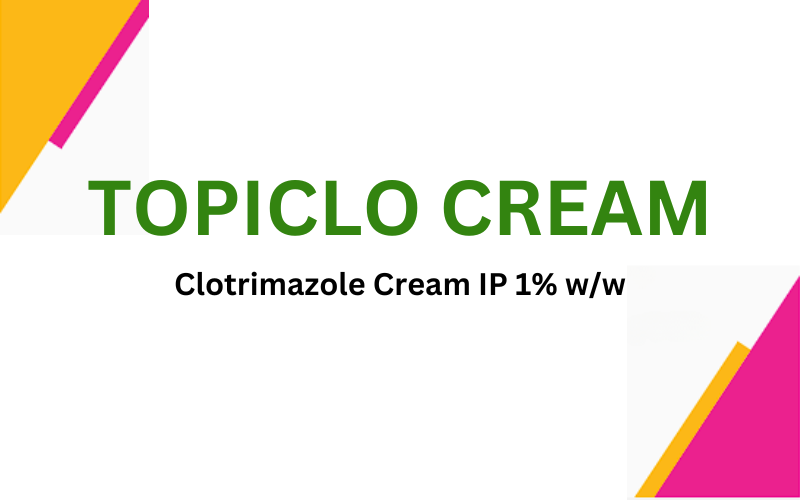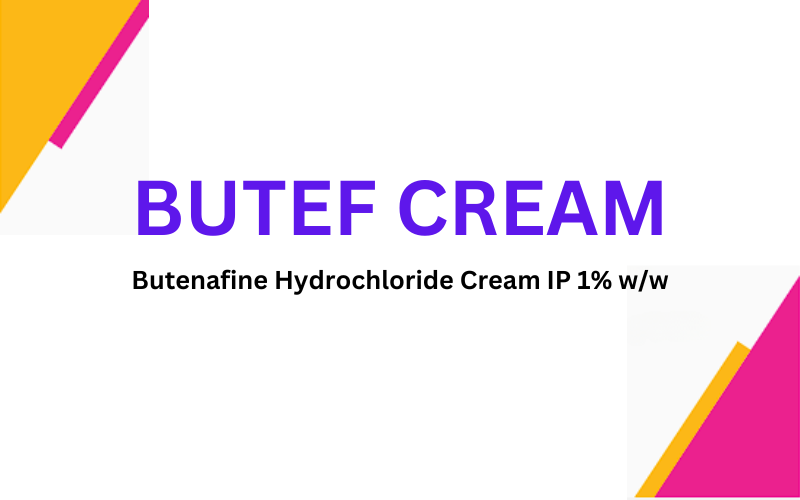Recent Search Keywords
- info@magnuspharma.com.np
- marketing@magnuspharma.com.np
- (+977) 01-5366878 / 4249929
TACEZ Ointment

TACEZ Ointment
Tacrolimus 0.1% ointment is indicated in adults and adolescents (16 years of age and above) Flare treatment Adults and adolescents (16 years of age and above) Treatment of moderate to severe atopic dermatitis in adults who are not adequately responsive to or are intolerant of conventional therapies such as topical corticosteroids. Maintenance treatment Treatment of moderate to severe atopic dermatitis for the prevention of flares and the prolongation of flare-free intervals in patients experiencing a high frequency of disease exacerbations (i.e. occurring 4 or more times per year) who have had an initial response to a maximum of 6 weeks treatment of twice daily tacrolimus (lesions cleared, almost cleared or mildly affected).
Pharmacotherapeutic group: Agents for dermatitis, excluding corticosteroids, ATC code: D11AH01 Mechanism of action The mechanism of action of tacrolimus in atopic dermatitis is not fully understood. While the following have been observed, the clinical significance of these observations in atopic dermatitis is not known. Via its binding to a specific cytoplasmic immunophilin (FKBP12), tacrolimus inhibits calcium-dependent signal transduction pathways in T cells, thereby preventing the transcription and synthesis of IL-2, IL-3, IL-4, IL-5 and other cytokines such as GM-CSF, TNF-α and IFN-γ.
Absorption Target trough concentrations for systemic immunosuppression for oral tacrolimus are 5-20 ng/mL in transplant patients. Most atopic dermatitis patients (adults and children) treated with single or repeated application of tacrolimus (0.03-0.1%), and infants from age of 5 months treated with tacrolimus (0.03%) had blood concentrations <1.0 ng/mL. When observed, blood concentrations exceeding 1.0 ng/mL were transient. Systemic exposure increases with increasing treatment areas. However, both the extent and the rate of topical absorption of tacrolimus decrease as the skin heals. There was no evidence of systemic accumulation of tacrolimus in patients (adults and children) treated for prolonged periods (up to one year) with tacrolimus. Distribution As systemic exposure is low with tacrolimus, the high binding of tacrolimus (>98.8%) to plasma proteins is considered not to be clinically relevant. Following topical application of tacrolimus, tacrolimus is selectively delivered to the skin with minimal diffusion into the systemic circulation. Biotransformation Metabolism of tacrolimus by human skin was not detectable. Systemically available tacrolimus is extensively metabolized in the liver via CYP3A4. Elimination When administered intravenously, tacrolimus has been shown to have a low clearance rate. The average total body clearance is approximately 2.25 l/h. The hepatic clearance of systemically available tacrolimus could be reduced in subjects with severe hepatic impairment, or in subjects who are co-treated with drugs that are potent inhibitors of CYP3A4.
Tacrolimus treatment should be initiated by physicians with experience in the diagnosis and treatment of atopic dermatitis. Tacrolimus is available in two strengths, Tacrolimus 0.03% and Tacrolimus 0.1%. Flare treatment Tacrolimus can be used for short-term and intermittent long-term treatment. Treatment should not be continuous on a long-term basis. Tacrolimus treatment should begin at the first appearance of signs and symptoms. Each affected region of the skin should be treated with Tacrolimus until lesions are cleared, almost cleared or mildly affected. Thereafter, patients are considered suitable for maintenance treatment. At the first signs of recurrence (flares) of the disease symptoms, treatment should be re-initiated. Adults and adolescents (16 years of age and above) Treatment should be started with Tacrolimus 0.1% twice a day and treatment should be continued until clearance of the lesion. If symptoms recur, twice daily treatment with Tacrolimus 0.1% should be restarted. An attempt should be made to reduce the frequency of application or to use the lower strength Tacrolimus 0.03% if the clinical condition allows. Elderly Specific studies have not been conducted in older people. However, the clinical experience available in this patient population has not shown the necessity for any dosage adjustment. Paediatric population Children (2 years of age and above) should use the lower strength Tacrolimus 0.03%. Treatment should be started twice a day for up to three weeks. Afterwards the frequency of application should be reduced to once a day until clearance of the lesion. Tacrolimus should not be used in children aged below 2 years until further data are available. Maintenance treatment Patients who are responding to up to 6 weeks treatment using tacrolimus twice daily (lesions cleared, almost cleared or mildly affected) are suitable for maintenance treatment. Adults and adolescents (16 years of age and above) Adult patients should use Tacrolimus 0.1%. Tacrolimus should be applied once a day twice weekly (e.g. Monday and Thursday) to areas commonly affected by atopic dermatitis to prevent progression to flares. Between applications there should be 2–3 days without Tacrolimus treatment. After 12 months treatment, a review of the patient`s condition should be conducted by the physician and a decision taken whether to continue maintenance treatment in the absence of safety data for maintenance treatment beyond 12 months. If signs of a flare reoccur, twice daily treatment should be re-initiated (see flare treatment section above). Paediatric population Children (2 years of age and above) should use the lower strength Tacrolimus 0.03%. Tacrolimus should be applied once a day twice weekly (e.g. Monday and Thursday) to areas commonly affected by atopic dermatitis to prevent progression to flares. Between applications there should be 2–3 days without Tacrolimus treatment. The review of the child`s condition after 12 months treatment should include suspension of treatment to assess the need to continue this regimen and to evaluate the course of the disease. Tacrolimus should not be used in children aged below 2 years until further data are available. Method of administration Tacrolimus should be applied as a thin layer to affected or commonly affected areas of the skin. Tacrolimus may be used on any part of the body, including face, neck and flexure areas, except on mucous membranes. Tacrolimus should not be applied under occlusion because this method of administration has not been studied in patients.
TACEZ Ointment 0.03% & 0.1% is available in 10 g of pack filled in laminated tube & packed in carton.


